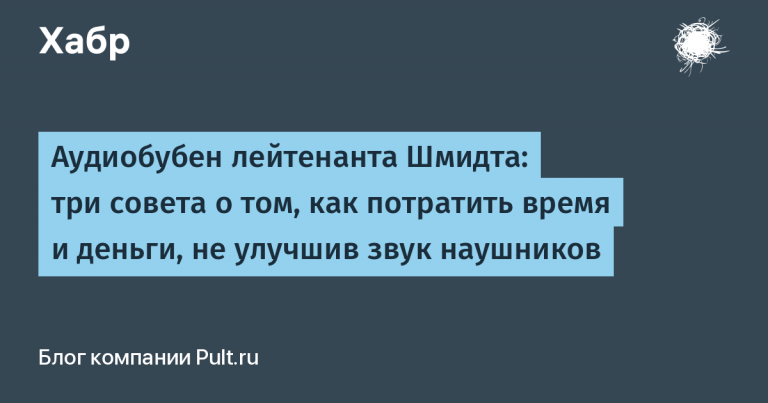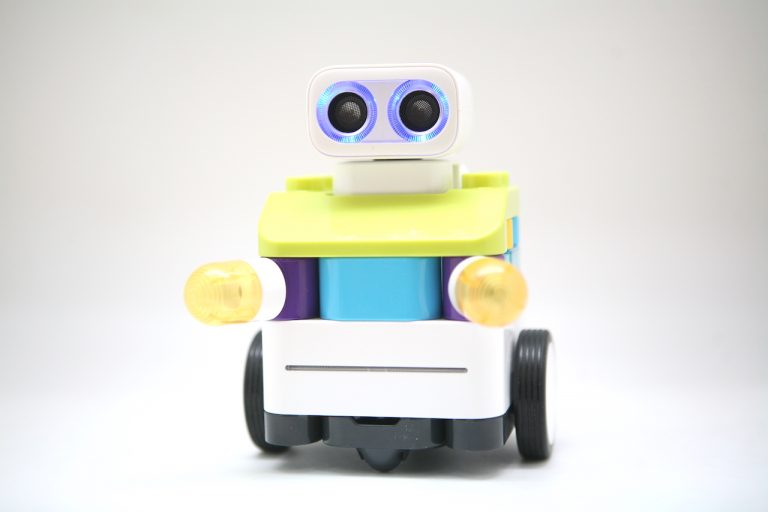Real Smartphone
Suggestions for correcting the current “shovel” paradigm of smartphones
Sorry for the insolence below. The overcomplexity of this world boiled over.
Being “remote”, I tortured my gadgets a lot with dirt and dampness in my pockets, repaired them for a long time, threw them away … Therefore, I consider dust-water-shock-resistance to be the main property, and only then size, ease of use.
It is best to have the gadget on your hand, like a watch: small, and one for everything – to pay in the tram, in the bazaar to sellers in their same smart contact, open doors like a pass, take a picture of everything you run through beforehand on the fly … And to bring to the eye – from there the whole world begins to shine, a 10Kx10K screen that replaces or corrects the current world.
The smart charger must be built-in. 2 fork legs are pulled out of the case at 220, 110, 12 V or 10KV, or even just one leg for the phase, and let it find, measure and try to get energy with it.
Below I will add a lot more, there were a lot of thoughts. But from the current glass-shovel to the entire wide area, let the lovers of rarities collect and kiss it, and the people for life need simpler interfaces that do not interfere with work, do not cause myopia, do not require glasses.
There are specific ideas for compacting a smartphone to the size of a wristwatch. For starters, scientific information: https://ru.wikipedia.org/wiki/Human_Eye.
In general, the size of an apple is 5 cm, the pupil is 5 mm, the sensitive field should also be 5 cm, 1/10.

On “1” the usual work of the eye, when rays of light from a distant object go almost parallel, pass through the pupil, refract in the lens and converge to 1 point for all parts of the object.
From another point in front of the eye, the light also penetrates through the entire area of the pupil and converges at another point in the fundus of the eye, forming an inverted image.
Our task is to form the same picture with compact emitters closer to the eye. How many “cones” and “rods” there are in the tissue of the fundus, how many or more rays must be simultaneously applied in their directions from the eye “smart” through the pupil, and also have a lot of neighboring rays in stock, which will turn on when the eye turns to their side.
The main thing to start with, in principle, is to have very small unidirectional luminous RGB / monochrome emitters, from which the light after refraction will come out parallel enough so that after the pupil the beam of rays also converges at 1 point of the fundus. Then, having millions of emitters in front of the eye for all possible directions, we can create whatever we want in the eye, regardless of refractive errors and farsightedness / shortsightedness, with a relaxed eye looking into the distance.
For sure, modern 5nm silicon/plastic printing technologies can form very tightly integrated small lasers with the right properties and output RGB colors to mix and get any color. You can also try a thin tube “2”, where there is a red diode at the bottom on the left, the brightness is minimal, its surrounding walls are reflective, and further to the exit the walls are black, quenching, rough-shiny, or, in some other cunning way, reflect back inward, suddenly the reflection comes out again from there and works more directly. Then only rays very close to the axis will be able to exit the tube to the right, and the efficiency of the diode will be quite high.
On “3” what can be, if the eye is close to the “hours” up to several mm, i.e. rested directly on the “watch”, their “convex” radiating part, and wants to “see” something there, and in the watch the radiating layer of 2-5 mm, the light guides from which go to the “surface”, shine narrowly, laser.
Only rays entering the pupil pass inside the eye, i.e. only a minimal part of the “clock” and the matrix, 5 mm around, can radiate at any time, this is a big energy saving by 2-3 orders of magnitude compared to the “shovel” from Apple or Samsung, i.e. batteries. enough small, even built-in forever among the light guides. If it breaks, gets hit by a car – it will not be difficult to change the whole “clock”, absolutely everything from the giblets can be stored with a mobile operator in the cloud, backup.
So, according to “3”, approximately 1/10 of the field of view of the fundus will be illuminated, for a person it will look like a picture at the usual distance of a smartphone in front of the eyes.
On “4.” an outline of a more “widescreen” mode for more expensive “watches”, when there are more radiating elements in the matrix, additional light guides from which go to the same place in the matrix and then shine into the pupil, but at different angles, therefore they fall in chorus to another place in the fundus of the eye, forming a larger image, as much as the consumer will be interested. There, the resolving power of the eye is already less, the farther from the center, corner light guides will need a little.
There can be any number of these directions, if plus one (6 times more) – then another rim of 1/10 will be added around the previous circle, two (if 20 times more) – another 1/10, i.e. to the eye, we can, in principle, illuminate all possible PZ through a small pupil, and if we want, create a complete illusion of the environment, the TV never dreamed of such a thing, it will have a strong penny competitor with a monitor. Monitors can also be worn like this, for 3 K, and no one will see what the employee is doing;)
… The most important thing is that in the close mode, the “clock” should follow the position of the pupil, i.e. a little IR illumination and remove illumination from the entire inner surface, find a round black spot, adjust the included luminous circle of the matrix to it, feed the desired piece of “circular Windows” into it, and you can also analyze the iris of the owner of the eye, find diseases, measure pressure and just identify who is at the screen, suddenly the enemy is trying to pay …
A person moves his eye – and for the narrow-screen mode he should have another, slightly shifted, “spotlight” highlighting neighboring pieces.
The sound there will not go far from the eye to the ear, and quickly from the mouth to the eye.
Patent, who knows how, if the Apple ones have not yet come up with something like this and have not slaughtered it so that the people suffer with shovels in trenches.
And there is a special condition for them – for workers and peasants, the main consumers, not to make a price more than 3 K rubles, but to solder everything for centuries.
I think that there will be enough space on the outer surface of the “clock” for solar panels charging from ambient light. In transmitted light, from the free illuminated surfaces of the gadget directly to the matrix, in proportion to the surrounding luminosity, without batteries at all, it will be difficult for now, but science will achieve it sooner or later.
The inner luminous surface of the “watch” can be worn both up and down when put on the hand, such “convex” places outwards are not very convenient, and it is better to put them on the hand, and at the top there is also a small screen, for 1 pupil, to peep the news.
… The ideal navigator will be – he put on a blindfold, like Kutuzov, through the same watch straps and additional rubber bands, and with one eye on the road, the other on the map, and the sounds of the “commander” will be heard, the ear is not far.
And even 2 “eyecups” can be folded in the “watch” on the arm, on both eyes at once!
Shall we break?..
I also have a long-standing idea, so that when photographing, you can say the essence of things with your voice and save it in .JPEG format, then the viewers will listen and understand everything in the “presentation”, but this is a step aside, although the “watch” can do this without problems, and stereo – take a couple of pictures for 3 kopecks …
A regular hexagon is similar to a circle, and they can continuously tile a plane.
The regular triangle is also well molded to similar ones, but already the shape is away from the circle, therefore we will hardly see the circular Tre-Wind in the “clock”, unlike SIX-Windows.
Another square is a figure that will pave the plane without gaps, then the matrix will be more ordinary, and it can “shine” anywhere, into any figure for the eye, Windows will be more familiar.
The pupil also has the ability to change size depending on the light, but I’m sure that we will pull all its diameters, because the “convex” surface of the “clock” bends monotonously, add more included hexagons, brightness, somehow light up. And even one small one is enough if the brightness changes well.
For different diameters of the eyes and the curvature of the surface of the head, different “convexities” may be required for the highest clarity, but suddenly this will be overcome by milling at the stage of purchase, it’s not scary, and many sizes can be sold, as well as colors, inlays …
An interesting essential subtlety is how to control the OS inside the “clock”, “move the mouse” and “press” the buttons.
A few years ago, I thought that I would carry a composite smart in my pocket, put one half over my eye at the right time, and fidget the other on my knee and press the buttons like a mouse.
But now I’m sure that the creators of Android (with the work of 1-2 fingers on the glass) will come up with something in the “eye OS” through the movements and blinking of the eye itself, squinting, squinting, there are many options to tell the sighted bulge what we want.
And without eyes, for the blind, of course, the whole thing does not roll, a significant minus.
…A bit of politics – for a long time I want to rent equipment in the gadget sphere, not to sell and buy forever.
Let’s say for a month a mobile in the cabin costs 200 r, tired or cool – handed over, took another, 100 each, but without secondary markets, scams. And the price of rent gradually falls over time.
This is about the creation and sale of “imperishable”, when the authors are afraid that there will be no dividends for 100 years of high-quality use before the owner gets under the car, but they inflate prices endlessly, like with SSD hard drives.
All the same, users are on the Web, and the gadget can “break down” if, after contacting the “Center”, it receives such a command – before paying the rent amount. And only then will he receive another password for work for the next month. It will not work reliably to hack, if you need to use Google and other messengers, they will catch the cunning ones.
And let the creators rest on their laurels for at least 10 years, if they are so smart, they are trying to come up with something cooler, receiving dividends.
Those. The “eternal” gadget can be fearlessly done if it is online.
In the 6-gons of the matrix, you just need to have a template set of all the necessary directions of the light guides of the outgoing rays to create a picture of everything you need at the bottom, the 6-gons will be the size of the minimum pupil, and if the pupil falls between the 6-gons, then only the necessary ones should “burn” there parts, from 2-3 pieces generating the desired picture.
The higher the resolution in the hexagon and the range of divergence of angles, the greater the quality, the more expensive the gadget will be.
The main thing is that the interface is simple, the quality is restored by wiping with a cloth, there is practically no rubbing every second.
The lens(s) of an ordinary smartphone will fit on a convex surface outside, among the solar panels, and an IR sensor, and everything else that is needed to combine different wavelengths. The military, the cops – very useful.
… There is still a continuation – the same many luminous fibers regularly multidirectional in 5 square meters. mm can be woven into a 1-2 mm armband, a clock-type battery is woven into it somewhere, you stare into the “fabric” “woolen” with your eye – and you can see everything, adjustments can be made to sharpen each eye (according to the picture behind the pupil) , each distance and angle of view, in short, to adapt to all our whims of the body automatically – in 20 years, when technology is achieved.
It is not necessary to move the eye strongly to the sides, the receiving fibers can track the “attempt” and shift the field of view (the displayed piece of the “screen”) in the right direction, so “looking into the rag” will be completely relaxed, just like Kutuzov’s light eyecup comes out! 😉
The most chic will be if one eye looks through the “watch” worn “according to Kutuzov”, and the other straight, and binocular vision is obtained, i.e. in the left “clock” point exactly the same picture that would be visible without them, the brightness + color + positions of all objects “transparently” match.
This is if you want to go to work, sometimes (at a traffic light) look at the mail, but basically steer in both eyes. Dangerous – but time will tell, because peeping into a smartphone on the hood behind a card is even more dangerous.




